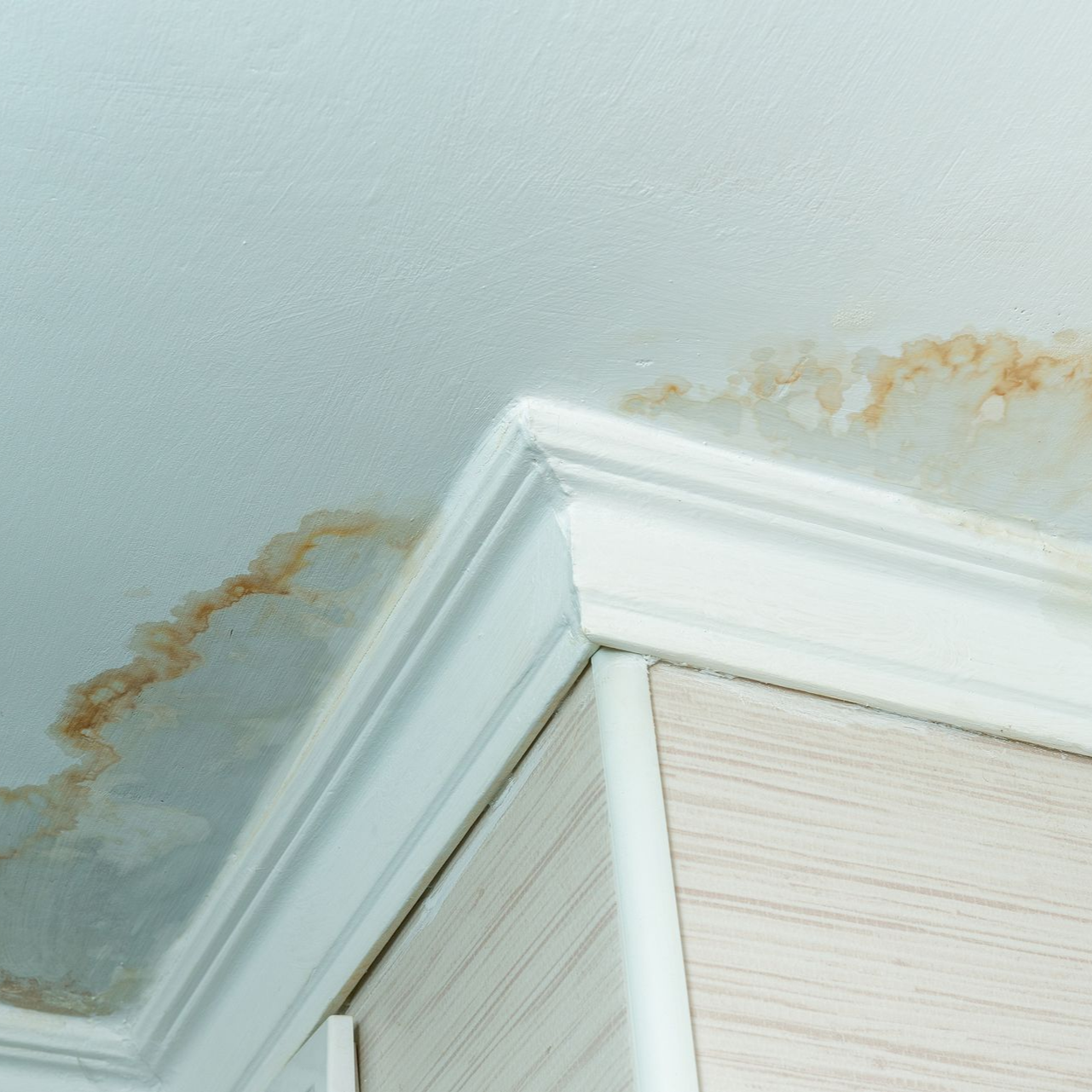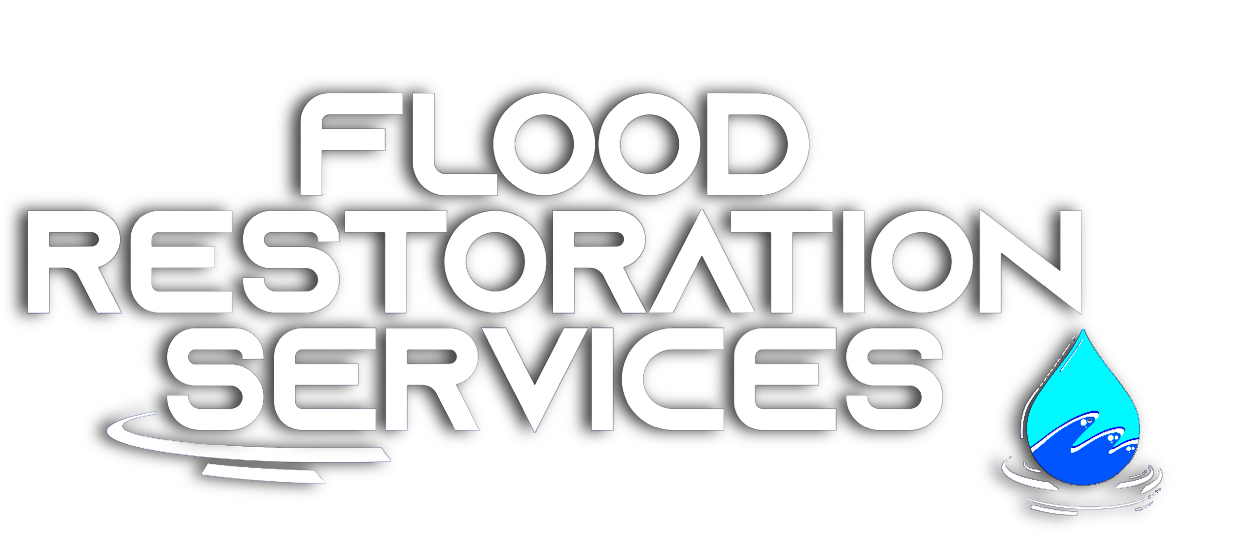Water Damage Restoration in Round Rock
24/7 emergency water removal, structural drying, and cleanup for homes and businesses.
When leaks, burst pipes, or storm runoff hit Round Rock, every minute matters. Our local restoration team moves fast to extract standing water, protect contents, and stabilize walls, floors, and framing to limit swelling, odors, and mold risk.
We follow ANSI/IICRC S500 procedures from the first assessment and moisture mapping through equipment setup, daily readings, and final clearance. The result is a safe, thoroughly dried structure that’s ready for repairs and repainting.

Our Process for Round Rock Homes and Businesses and Why Choose Our Team
Services Details
- Emergency water extraction – Truck mounted and portable pump kits for clean gray or contaminated water.
- Structural drying – Pro dehumidifiers and air-movers with daily moisture checks, until set readings meet spec.
- Flood restoration – Remove unsalvageable materials, sanitize areas, and control odors properly.
- Sewage cleanup – Contain the area, disinfect, and dispose of waste safely to restore healthy conditions.
- Leak & burst-pipe cleanup – Quick mitigation for baths, kitchens, attics, and slab leaks now.
- Mold prevention and remediation support – Early antimicrobial steps, plus HEPA filtration and containment when needed, per industry standards.
- Rebuild and painting – Replace drywall and trim, then repaint for a uniform, pre-loss finish.
Our process
1) Assessment & safety – Identify the source, category, and extent of water; protect electrical and sensitive areas.
2) Extraction – Remove standing water quickly to reduce swelling and microbial risk.
3) Removal & cleaning – Take out non-restorable carpet, pad, baseboards, or drywall; clean and sanitize affected spaces.
4) Professional drying – Set a targeted drying plan; record daily readings with thermal imaging and moisture meters.
5) Verification & rebuild – Confirm dry-standard levels, then repair surfaces and finishes for a clean, consistent result.
We provide water damage restoration in Round Rock from the historic core to fast-growing suburbs, we serve all of Round Rock and nearby Williamson County—Downtown/Old Town, La Frontera, Teravista, Forest Creek, Behrens Ranch, Mayfield Ranch, Paloma Lake, Eagle Ridge, Legends Village, Round Rock West/East, Chandler Creek, Turtle Creek Village, Meadow Lake, Cat Hollow, Stone Canyon, Sendero Springs, and the Brushy Creek corridor near Dell Diamond and Kalahari.
Heavy storms can quickly swell
Brushy Creek,
Lake Creek, and
Chandler Creek, and low-water crossings along these corridors (including Chisholm Trail areas and trail underpasses) can flood roads and properties. For water damage restoration Round Rock homeowners and businesses rely on, we mobilize fast across these neighborhoods and nearby cities like Cedar Park, Hutto, Pflugerville, and Georgetown—delivering rapid extraction, structural drying, and clear documentation from first call to final walkthrough.
What should you do during a water crisis?
Give Us a Call
Call Flood Restoration services today to remediate the water to prevent further structural damage to your home.
REport the incident
Report water damage incidents to the insurance immediately. Waiting could lead to possible complications, increase cost and claim denial.
Document everything
Documentation is important. Take many pictures and videos to make your claim process faster.
FAQs
How much does water damage restoration cost?
Costs vary by area affected, water category, and materials. As a rough guide, a small clean-water incident in one room may be under $1,500; multi-room mitigation and drying can run $3,000+; major floods with demolition/rebuild can be costly but we work with all insurances and can figure out a plan that fits you. An on-site assessment is the only way to price accurately.
How fast can you get here and how long does drying take?
Most reputable firms offer same-day service (often within a few hours). Typical dry-outs take 2–5 days, depending on how long the water sat, building materials, and Austin’s humidity. Techs should take daily moisture readings and adjust equipment until target levels are reached.
What certifications or qualifications should I look for?
Choose an IICRC-Certified firm/technicians (e.g., WRT, ASD). Ask about background checks, insurance, written moisture mapping, daily logs, and whether they follow ANSI/IICRC S500 standards. Local references are always a good sign.
